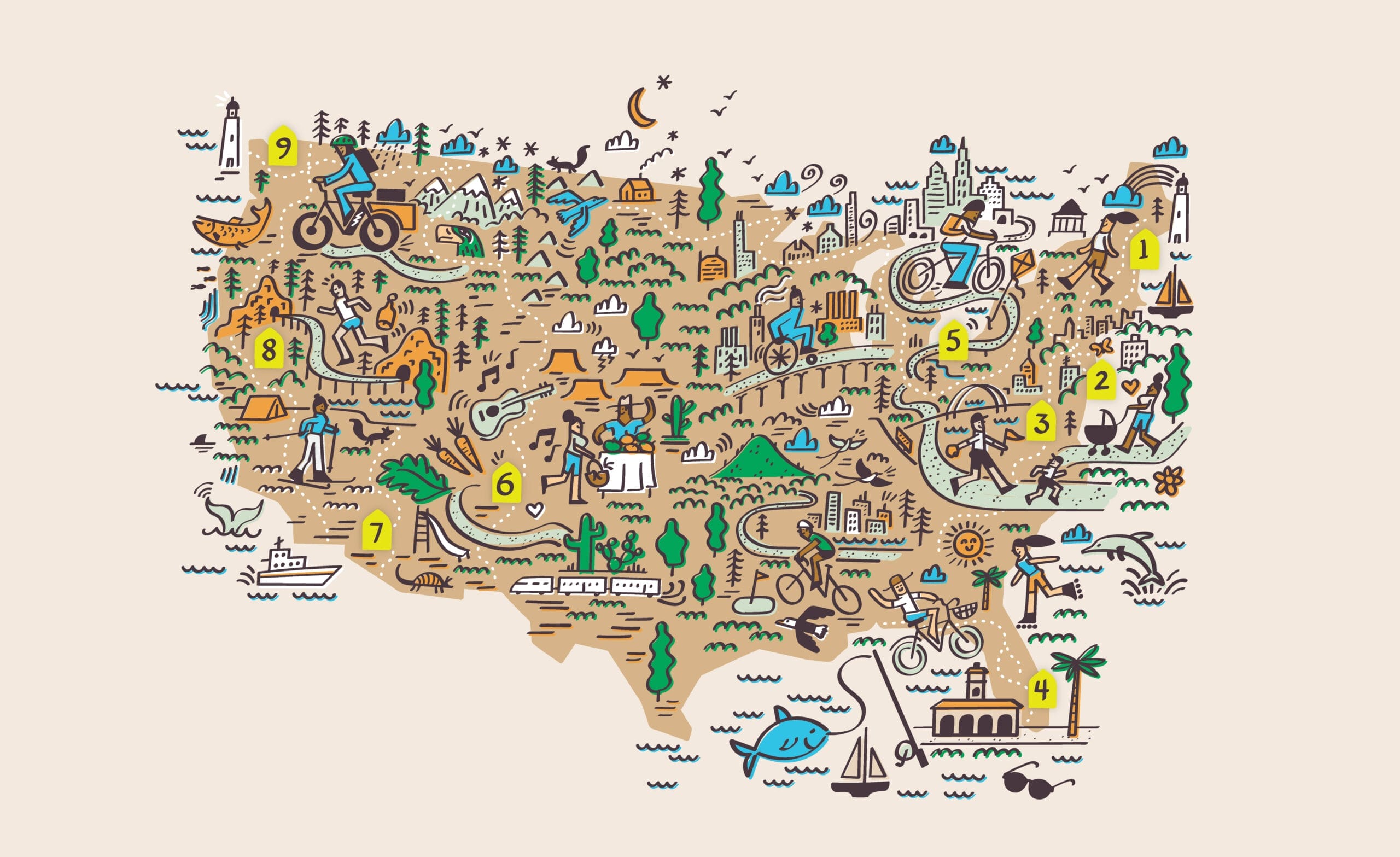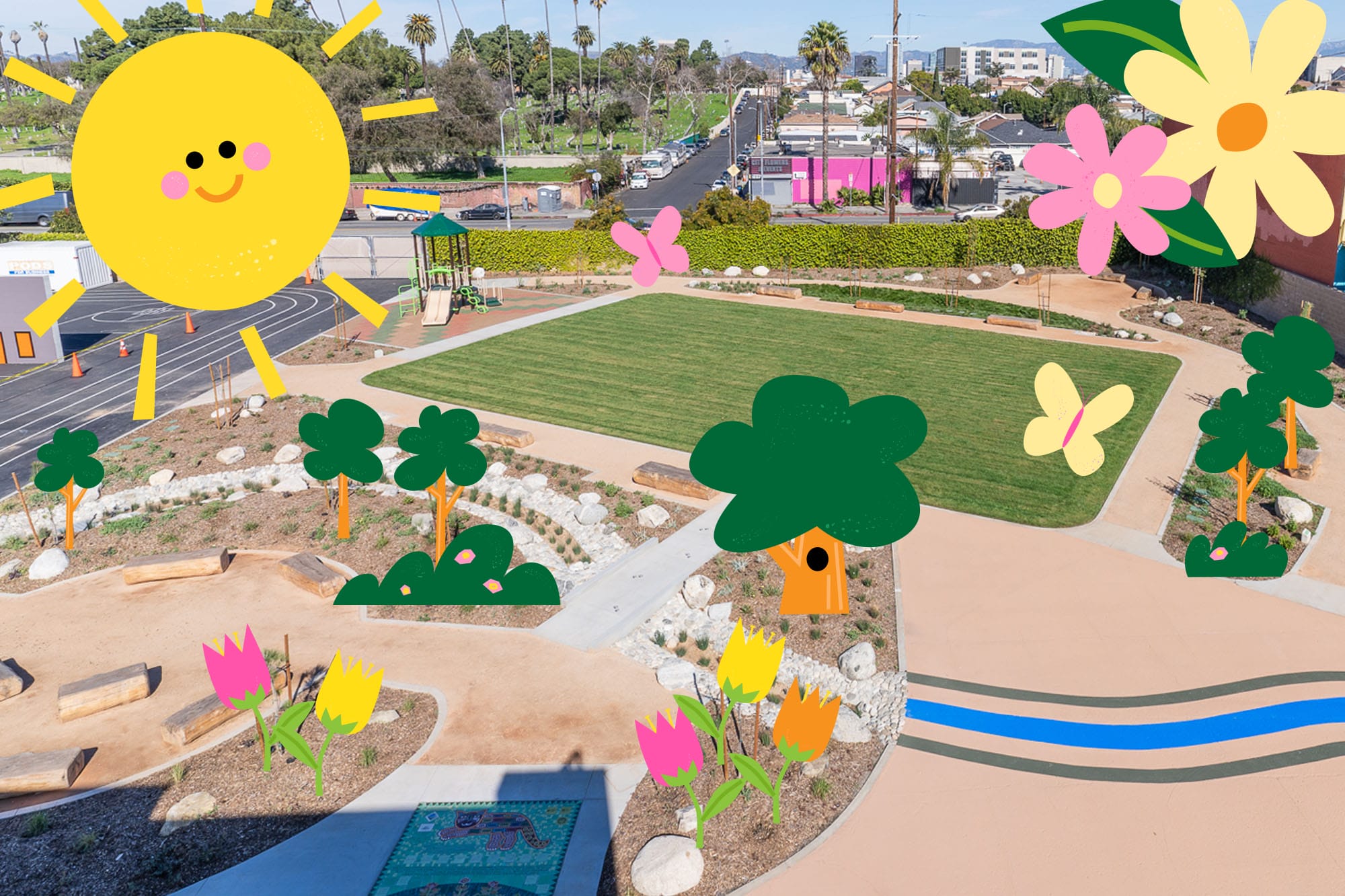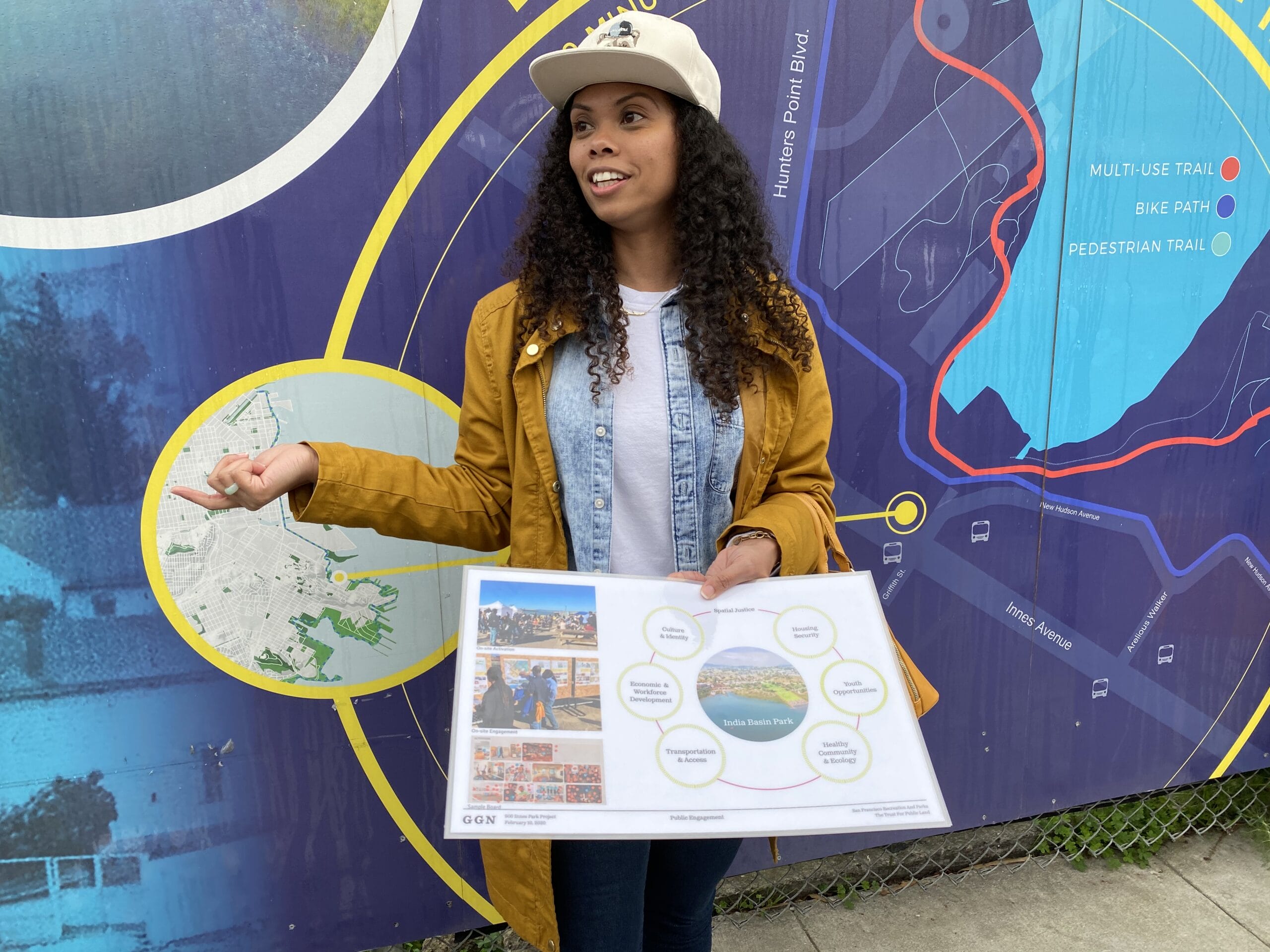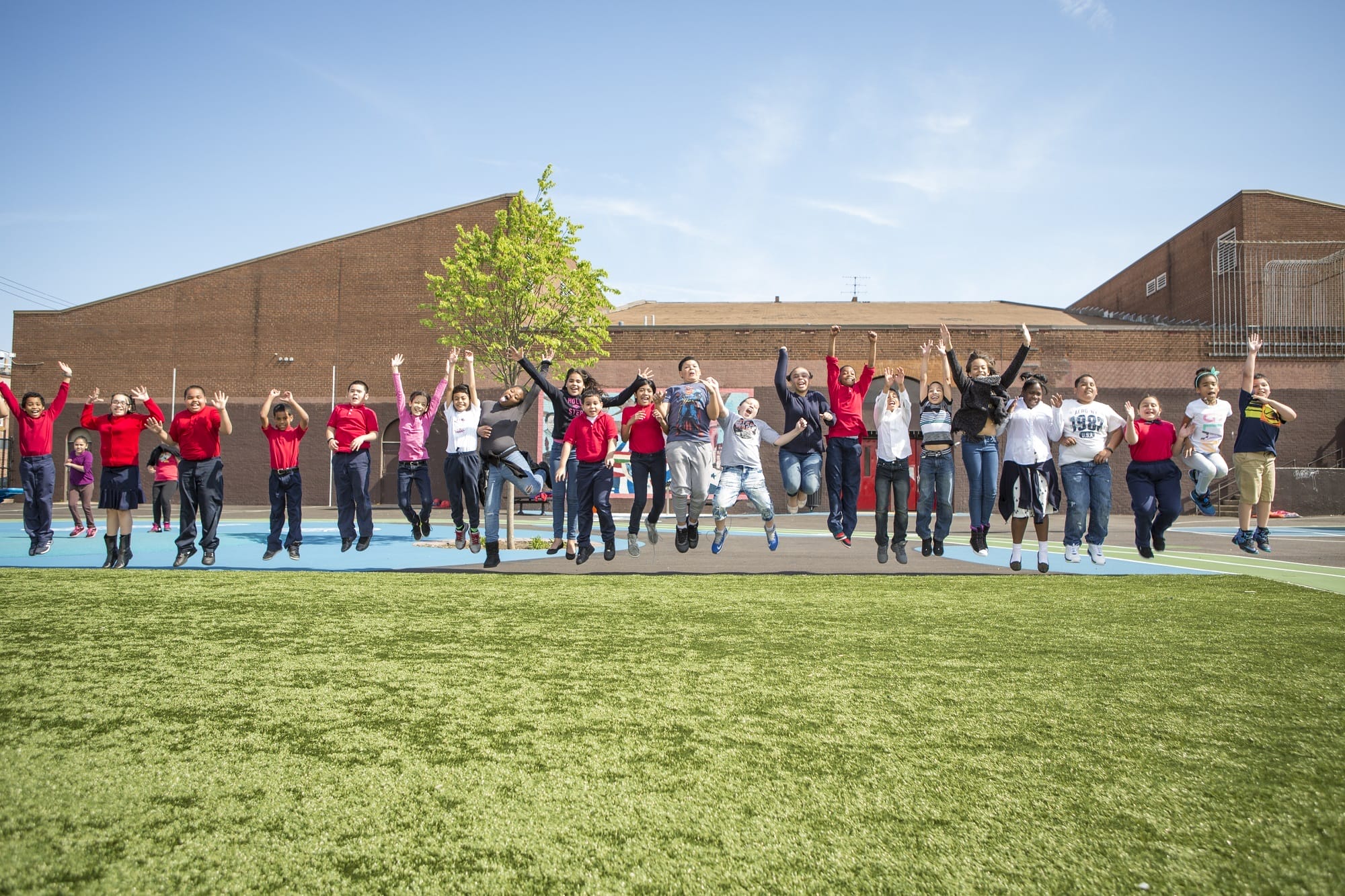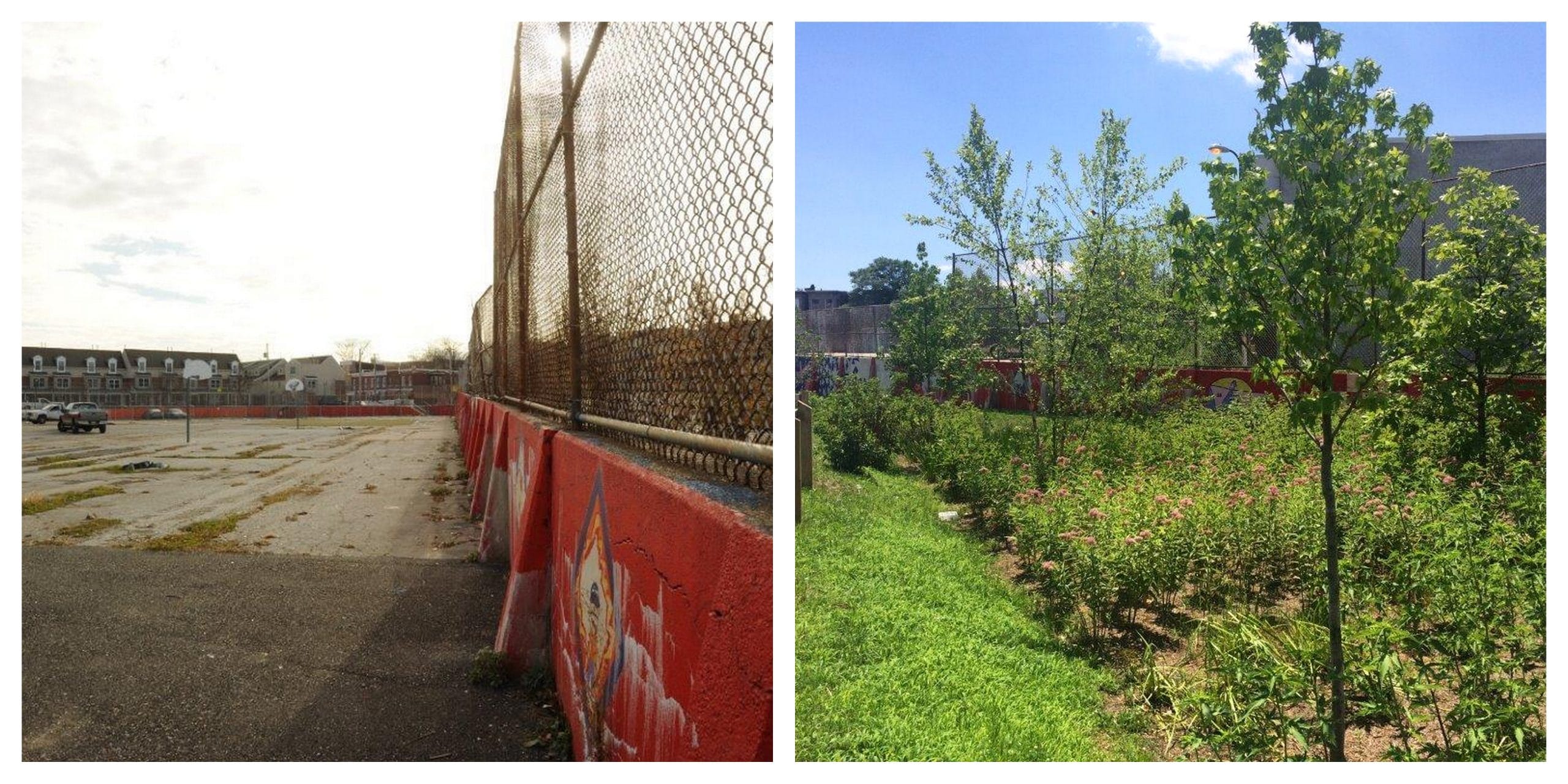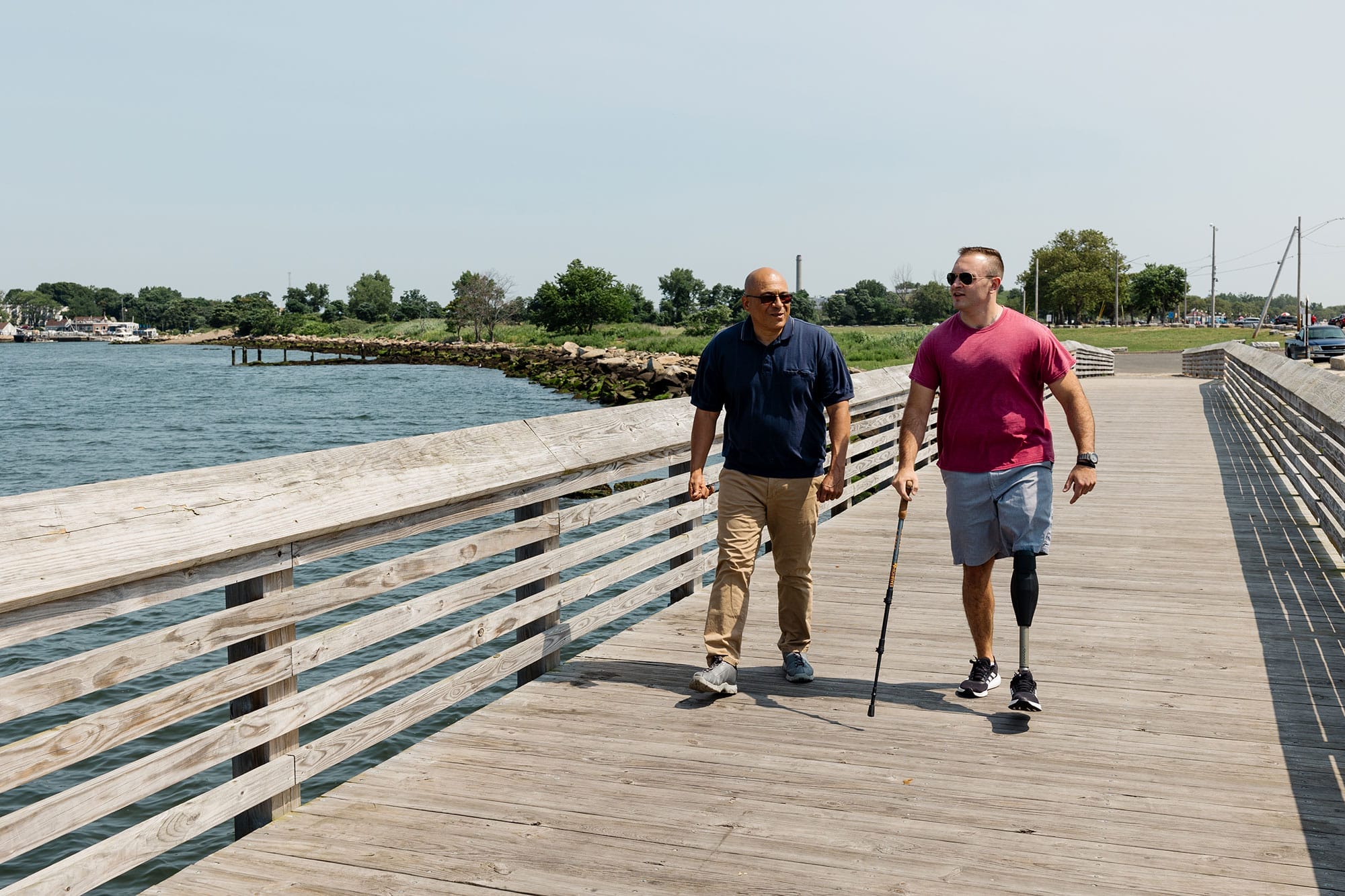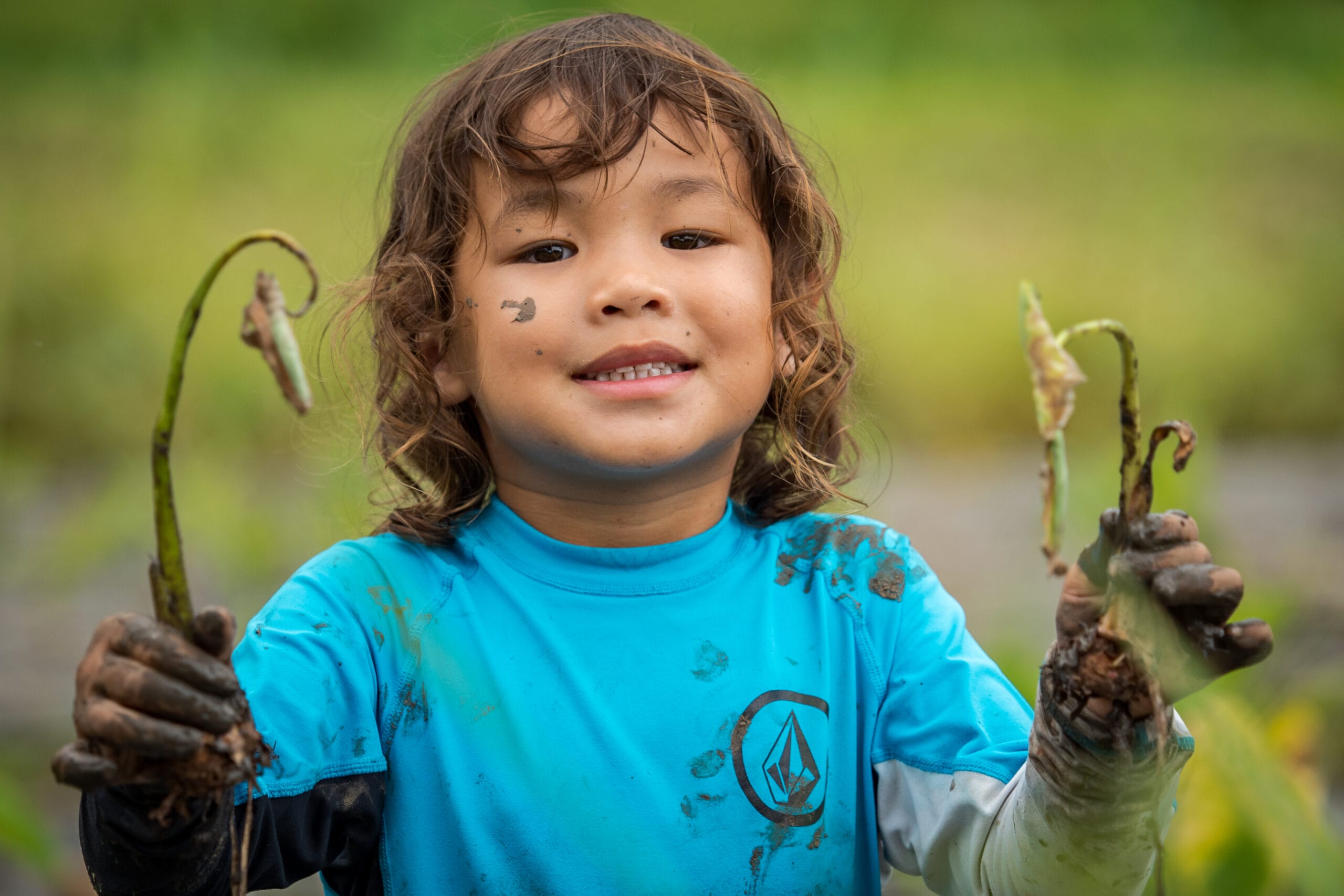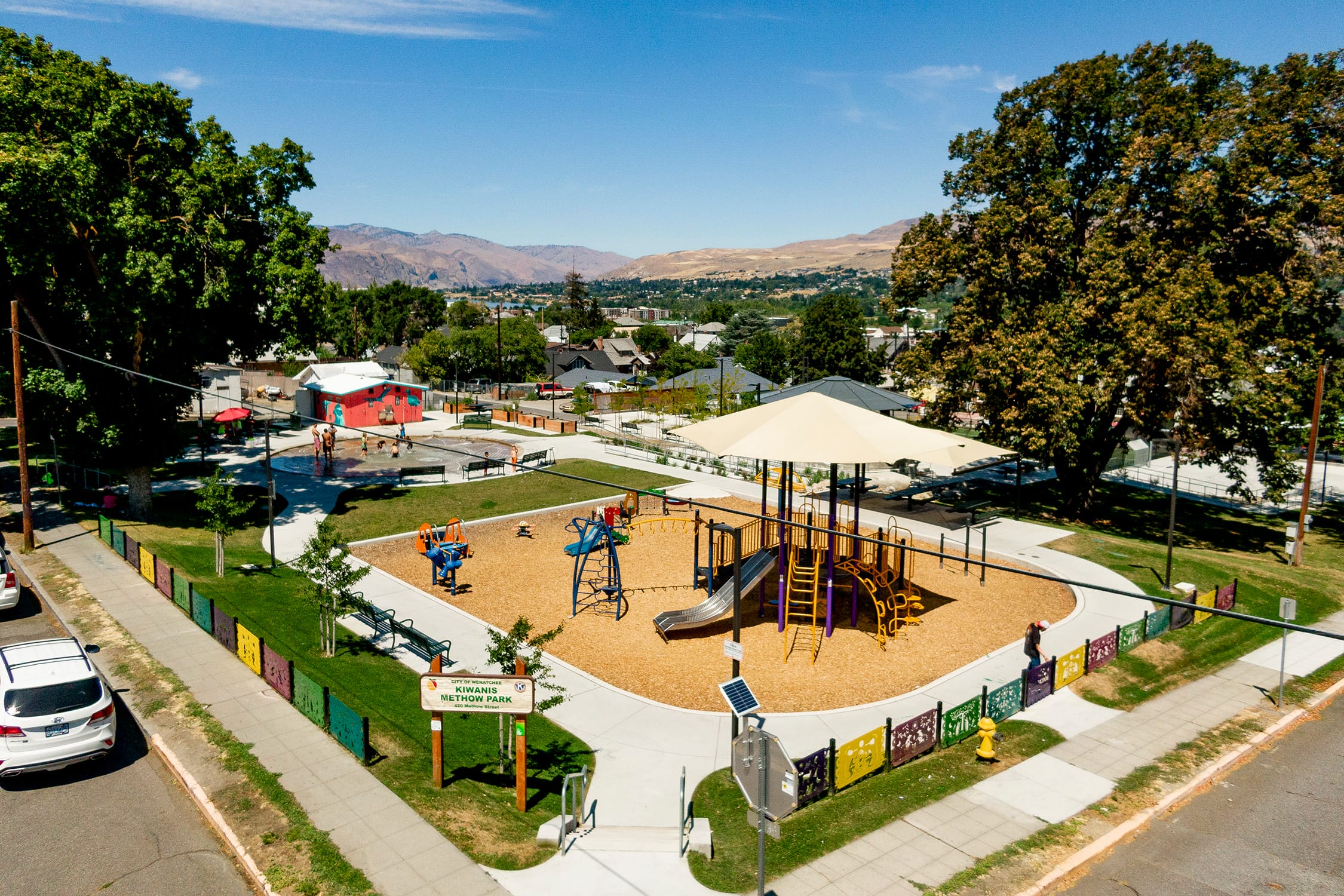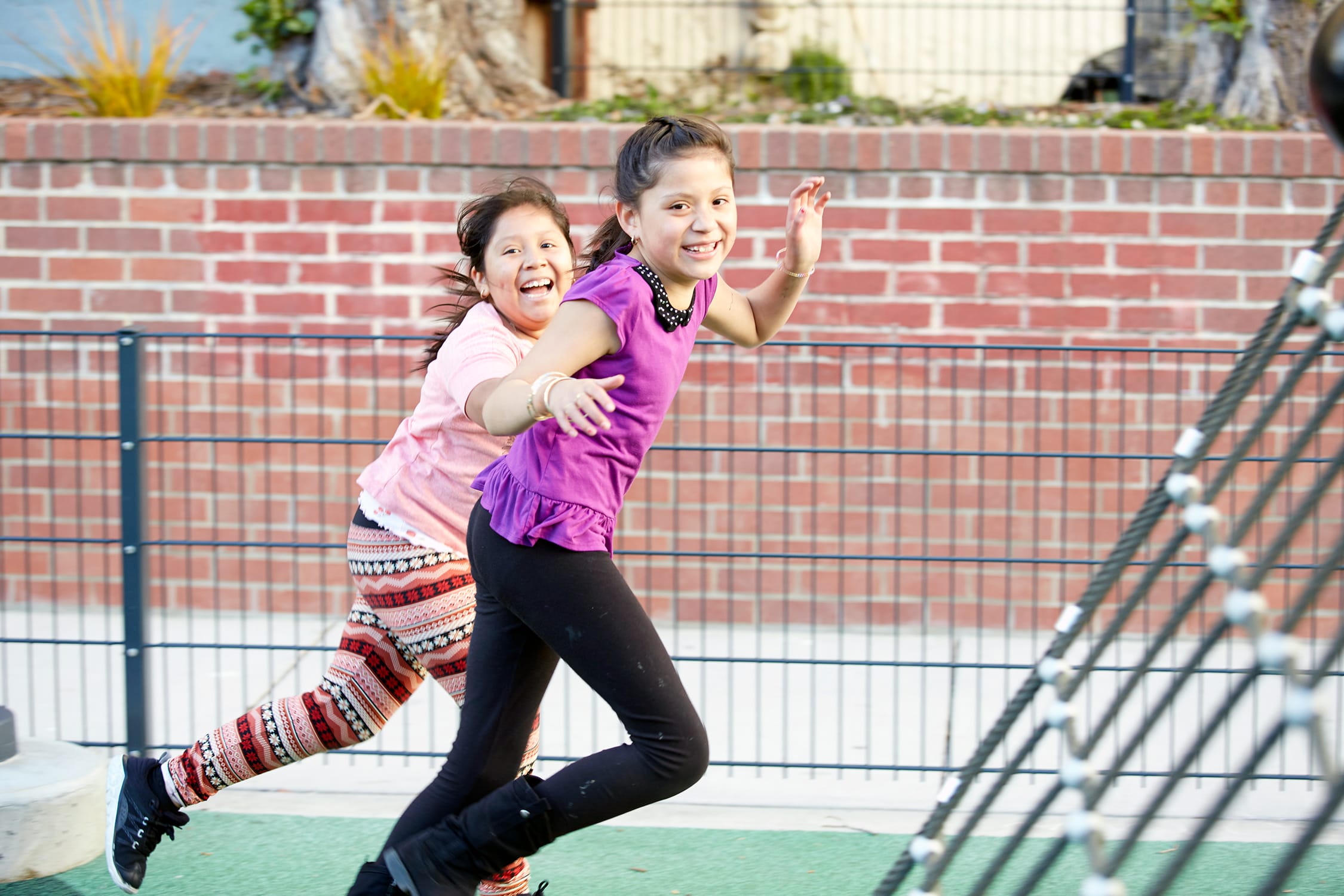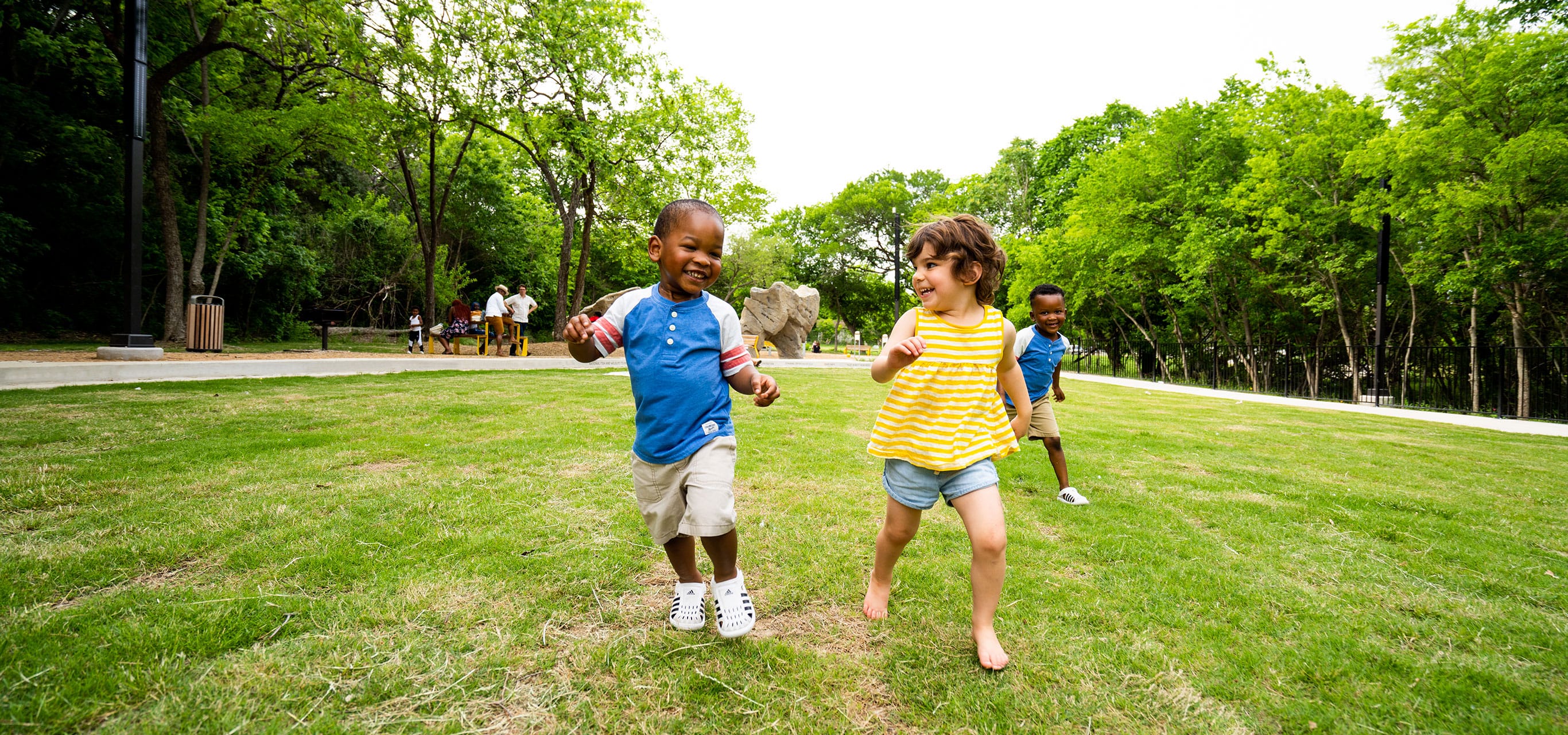
Los Angeles community organizer reflects on working for park equity during COVID-19
Los Angeles community organizer reflects on working for park equity during COVID-19
Trust for Public Land community organizer Dayana Molina has worked in our Los Angeles office for four years, helping residents plan and care for the parks and open spaces they need. But she says little in her background prepared her for the challenges that people in South Los Angeles faced this past year during COVID-19. We caught up with Molina to learn more about the big changes of the past year, and also what remains the same.
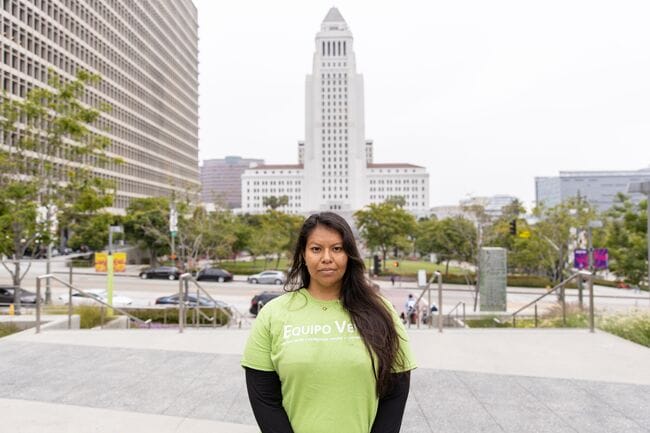 Dayana Molina in front of the Los Angeles city hall.
Dayana Molina in front of the Los Angeles city hall.
What’s your approach to organizing for change?
As a Trust for Public Land staff member, I can go directly to a council member or even the mayor and tell them what I think. But I am not the expert in what South Los Angeles communities need—people who live, work, and raise families in the neighborhood are the experts. So my goal is to bring community members to the tables where decisions are made, as opposed to speaking on their behalf.
What difference does it make for residents themselves to be at the table?
It means our work for parks becomes a pathway for people who are the most affected by disinvestment and inequities of all kinds to gain access to the power it will take to change the system—regardless of their status in this country today.
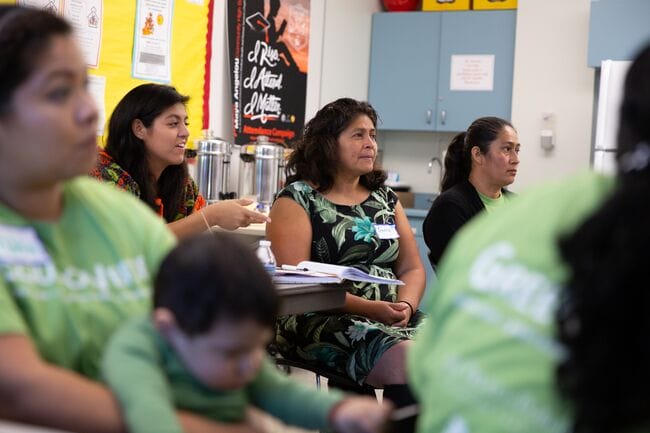 “My goal is to bring community members to the tables where decisions are made, as opposed to speaking on their behalf,” says Molina.Photo credit: Jorge Rivas
“My goal is to bring community members to the tables where decisions are made, as opposed to speaking on their behalf,” says Molina.Photo credit: Jorge Rivas
How has the pandemic changed the way you work?
Early on, I shifted the time we’d normally spend on our projects—like building a tool lending library to support our community clean-up days—to pandemic response and wellness check-ins. Our meetings went all-virtual and became a platform for residents and service providers to connect with each other to meet people’s immediate needs, be that renter’s rights, access to food, navigating the unemployment system, tracking down stimulus checks, or sharing ideas for helping kids with remote schoolwork. Recently, we’ve also been able to help many of our community members get a COVID-19 vaccine. That is a big deal, considering that families in South Los Angeles have disproportionately low access to the vaccine, even as they’ve been among those most impacted by the virus.
[Read more: Los Angeles park group takes on mutual aid during the pandemic]
What was it like to start organizing virtually?
There’s a digital divide in Los Angeles—many people don’t have internet at home or a big enough data plan to do video calls. So a big part of my job this past year has been learning and teaching these tools, ensuring we continue to be as inclusive as possible in our engagement and outreach … even if it means taking extra time to answer tech questions or reaching out to individuals for their feedback.
Are there benefits to digital organizing?
We’ve actually been able to reach more people, especially young people. In the future I imagine more of a hybrid model of organizing, sort of like what people are envisioning for the future of schools.
What has been challenging?
I still feel like digital engagement is about a hundred times more difficult than getting together in person! As an organizer, I can be more attentive to a community’s needs in person. Nothing replaces human contact and being physically present with each other.
What hasn’t changed?
It’s still my job to listen to what the community’s needs are and be responsive to how those needs change. When we initially scoped it in late 2019, for instance, the tool lending library was going to be much larger, so more people could join clean-up days. Now our members want to make sure participants are protected from the virus. So we’re redirecting funds to stocking up on PPE. It’ll mean equipping fewer people, at least in the short run, but doing so in a safer way.
What are some park projects you’ve been working on?
We have a lot of work left to do toward equitable parks in Los Angeles, but if the number of people who’ve shown up to our Zoom meetings is any indication, there’s such a desire for projects like the network of green alleyways we’re helping create in South Los Angeles, or our Urban Orchard project, a future park on the banks of the Los Angeles River in the city of South Gate. Residents have helped come up with features like a fruit orchard, paths, fitness equipment, and a playground honoring the history of the Tongva, the Indigenous people of this area.
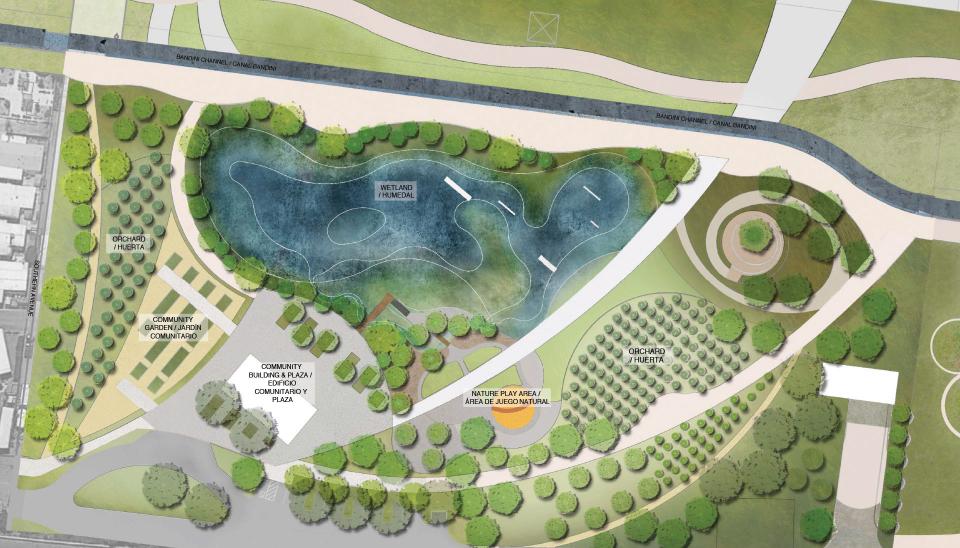 The Urban Orchard is a future park on 30 acres of post-industrial land along the Los Angeles River in the city of South Gate. Construction begins this summer on elements like acres of fruit orchards, fitness equipment, and a nature-based playground.
The Urban Orchard is a future park on 30 acres of post-industrial land along the Los Angeles River in the city of South Gate. Construction begins this summer on elements like acres of fruit orchards, fitness equipment, and a nature-based playground.
[Read more: How one park group is helping their community through the pandemic]
Has it been tougher to rally support for parks during the pandemic?
The pandemic hit the city hard, and the community leaders we work with—many of whom are women of color and immigrants—have faced disproportionate impacts. But from my own personal experience going to parks with my family and seeing how busy they’ve been, and from the continuing enthusiasm of our community leaders, I know that the work we’re doing to ensure everyone in Los Angeles has access to the outdoors—and feels a sense of belonging and ownership of their public spaces—is essential to our communities’ mental health and well-being.
We’re proud to be part of Belonging Begins With Us, a national campaign fostering a welcoming nation where everyone feels that they belong, regardless of their background or where they were born. What role have parks played in your life, and how does that shape the way you work?
I am fortunate—or unfortunate, depending on how you see it—to have had similar experiences to residents in many of the communities where we work. My family emigrated from Mexico when I was eight years old and though we had family and friends, I was not a very social child. Truth be told, I felt like a fish out of water. I inherently knew I was different from other kids; my family had different circumstances. It was playing soccer at a local park when I was thirteen that was the vessel to inclusion and feeling welcomed in my community.
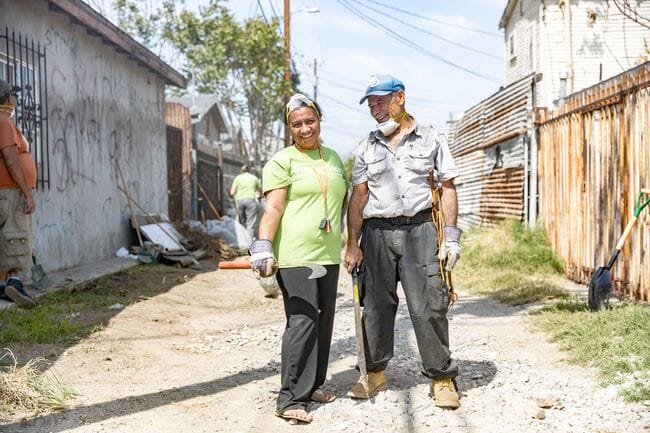 Molina is working alongside residents of South Los Angeles to build a tool lending library so more neighbors will be able to safely join community clean-up days.Photo credit: Jorge Rivas
Molina is working alongside residents of South Los Angeles to build a tool lending library so more neighbors will be able to safely join community clean-up days.Photo credit: Jorge Rivas
What role do you see parks playing for creating a more welcoming Los Angeles for all?
Playing soccer is where I first experienced the power of parks—how they could be places where someone like me didn’t feel completely out of place, where I could just be part of the community. It was that, and the lack of park space in my community where we could play the sport I’d fallen in love with, that led me to being involved in the drive to create two new state parks: the Los Angeles State Historic Park and Rio de Los Angeles State Park. I met a lot of people through that process who had similar experiences of finding a place in their parks like I had, and many others who just knew how important parks are to the well-being of a community. I didn’t yet understand the impact that parks could have in a person’s life, much less in mine. I did not learn the full impacts of parks or what park equity meant, what environment justice is, or how parks are a big part of community cohesion, where if done with intention and respect everyone feels welcomed.
[Read more: Ten ways parks can foster more welcoming communities]
What motivates you at work?
I love parks for a lot of reasons, but most of all it’s because of the sense of community and awareness that parks can harness when they are welcoming spaces to all. Our work for park equity keeps my soul happy. My experiences are testament to the impacts parks have in people’s lives, and the pandemic has further showed us that parks are a necessity and vital. Further, we need to ensure that parks are welcoming, it is not just about the physical park, it’s about a park being an asset in the community and ultimately making that community healthier and more livable for generations to come, one where everyone, no matter their background and circumstances can enjoy and feel like they belong.
A version of this story appears in the Spring 2021 issue of our magazine, Land&People. Read more stories of the parks we love, and the people who make them great, and subscribe to receive the magazine in your mailbox.
One-third of Americans, including 28 million children, lack safe, easy access to a park within a 10-minute walk of home. Urge your senators to allocate funding to create parks and enhance outdoor recreational opportunities by championing the Outdoors for All Act today!
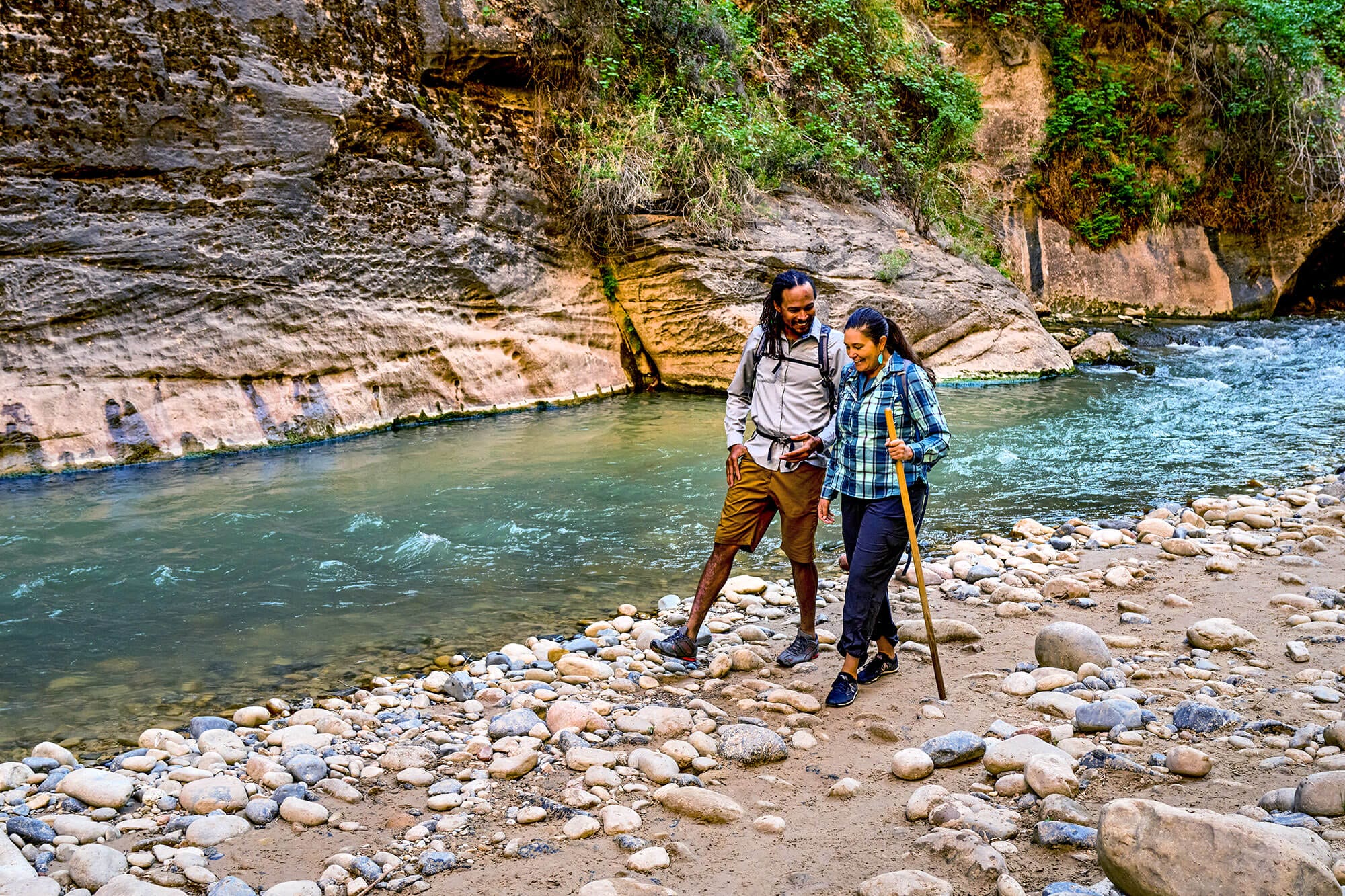
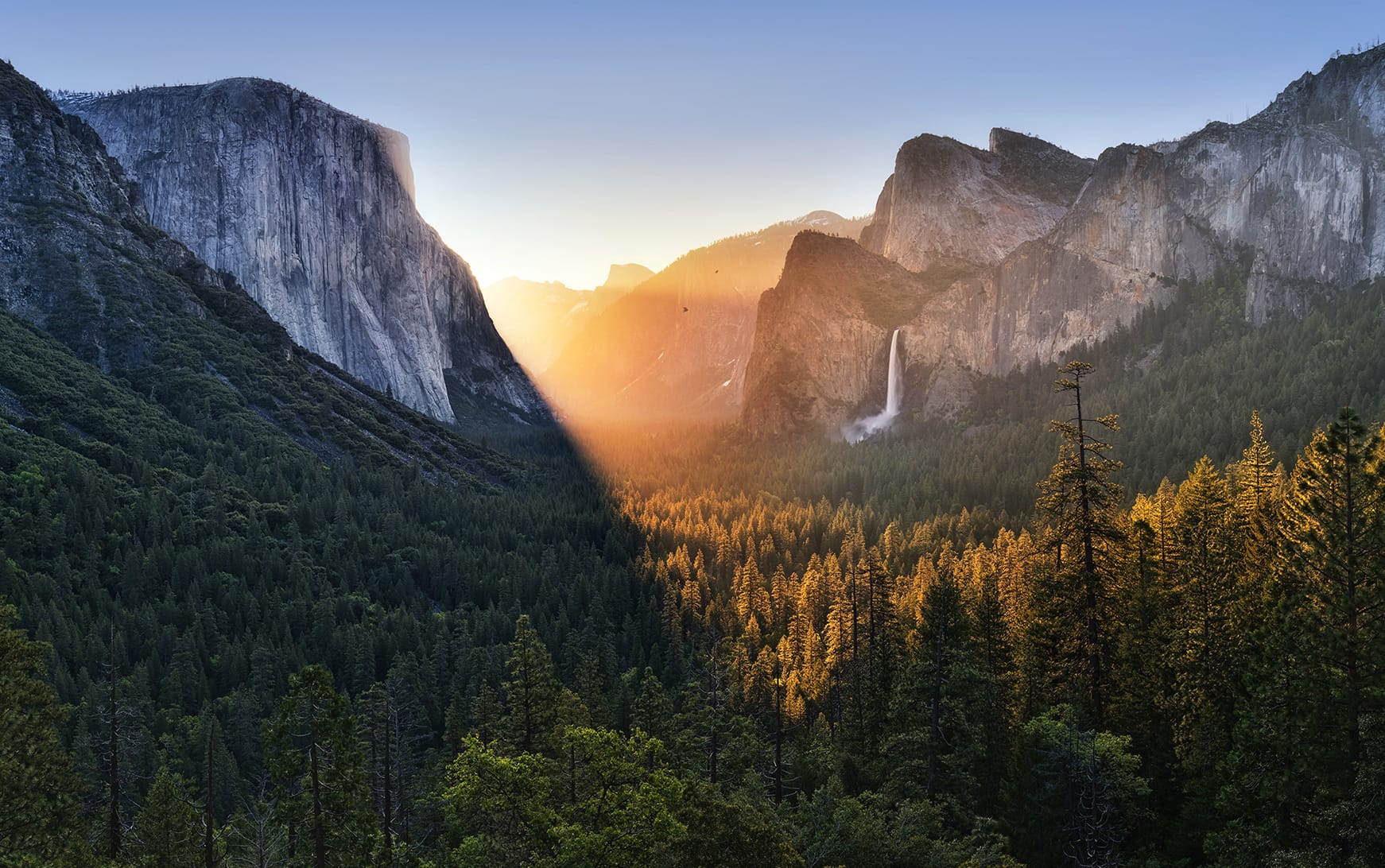
Donate to become a member, and you’ll receive a subscription to Land&People magazine, our biannual publication featuring exclusive, inspiring stories about our work connecting everyone to the outdoors.
See how our supporters are helping us connect people to the outdoors across the country.


